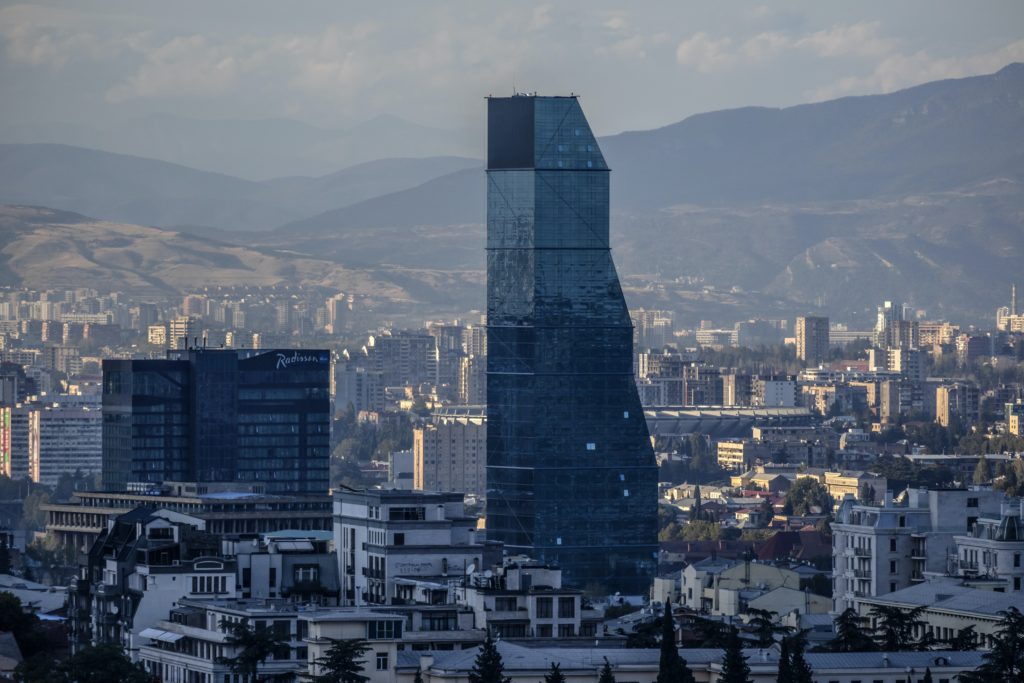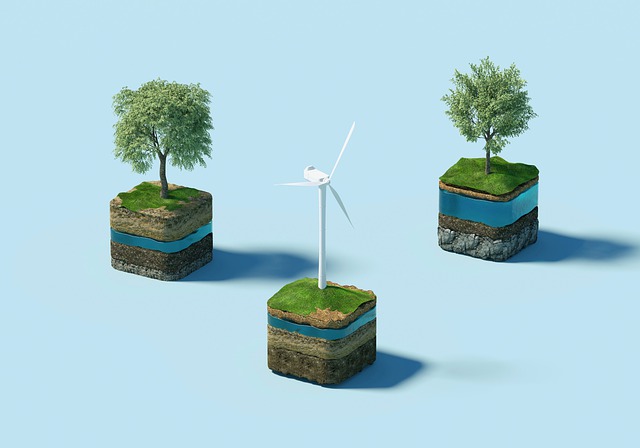In this article, you will learn about the causes, effects, and solutions to urban heat island. Urban heat island refers to cities being significantly hotter than their surrounding rural areas. The causes of urban heat island are diverse and include factors such as low albedo materials, paved surfaces, lack of vegetation, and human activity. These contribute to increased energy consumption, elevated greenhouse gas emissions, and discomfort for those living in the city. However, there are solutions to combat urban heat island, such as using light-colored concrete and white roofs, implementing green roofs and vegetation cover, and planting more trees in cities. Urban planning strategies also play a crucial role in promoting cooler environments.
Urban Heat Island: Causes, Effects, and Solutions
Urban heat island refers to the phenomenon of cities being significantly hotter than their surrounding rural areas. As cities continue to grow and develop, this problem becomes increasingly prominent. The causes of urban heat island can be attributed to a variety of factors, including low albedo materials, paved and impermeable surfaces, the thermal mass of buildings, dark surfaces, lack of vegetation, climate change, increased use of air conditioners, urban canopy, wind blocking, air pollutants, and human activity.
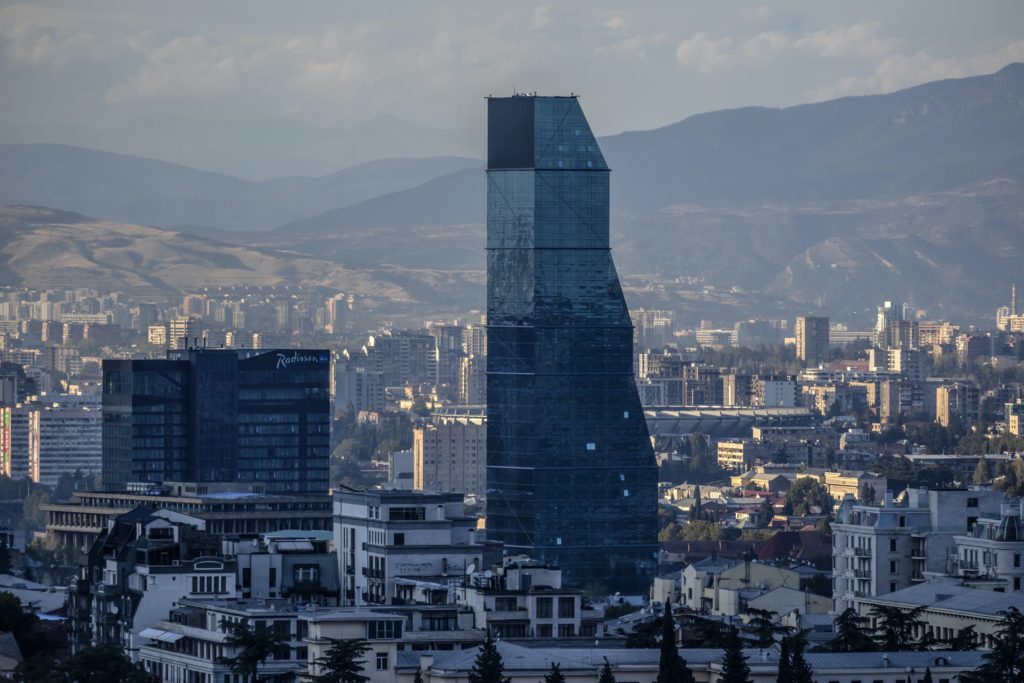
Causes of Urban Heat Island
Low albedo materials
One of the main causes of urban heat island is the use of low albedo materials in urban areas. Albedo refers to the ability of a surface to reflect sunlight. Low albedo materials, such as dark asphalt and concrete, absorb more sunlight and convert it into heat, leading to higher temperatures in cities.
Paved and impermeable surfaces
Another contributing factor to urban heat island is the extensive use of paved and impermeable surfaces in urban areas. These surfaces, such as roads, parking lots, and rooftops, absorb heat during the day and release it slowly at night, causing temperatures to remain high even after sunset.
Thermal mass of buildings
The thermal mass of buildings also plays a role in urban heat island. Dense construction materials, like concrete and brick, have a high heat storage capacity. As a result, they absorb heat during the day and release it slowly at night, exacerbating the heat island effect in cities.
Dark surfaces
Urban areas often have a higher concentration of dark surfaces, such as asphalt roads and buildings with dark facades. Dark surfaces absorb more heat from the sun, causing temperatures to rise. This heat is then radiated back into the atmosphere, further contributing to the urban heat island effect.
Lack of vegetation
Cities typically have less vegetation compared to rural areas. The lack of trees, grass, and other green spaces leads to reduced shade and evapotranspiration, which is the process of water vapor being released from plants. Without these natural cooling mechanisms, cities become much hotter than their surrounding areas.
Climate change
Climate change is a significant factor in urban heat island. Rising global temperatures amplify the effects of heat islands in cities, making them even hotter. As greenhouse gas emissions continue to increase, the overall warming trend intensifies, further exacerbating the urban heat island phenomenon.
Increased use of air conditioners
As temperatures rise in urban areas, the demand for air conditioning also increases. The increased use of air conditioners leads to higher energy consumption and subsequently elevated greenhouse gas emissions, contributing to both urban heat island and climate change.
Urban canopy
The presence of a dense urban canopy, which includes trees and vegetation, can help mitigate the urban heat island effect. However, in many cities, there is a lack of a sufficient urban canopy to provide shade and reduce temperatures.
Wind blocking
Tall buildings and other structures in urban areas can disrupt airflow and block natural cooling breezes. This lack of airflow prevents heat from dissipating, creating localized hotspots in cities.
Air pollutants
Air pollutants, such as particulate matter and smog, can contribute to the urban heat island effect by absorbing and trapping heat. These pollutants can also reduce the amount of sunlight reaching the ground, further increasing the temperature in urban areas.
Human activity
Lastly, human activity in urban areas can significantly contribute to the urban heat island effect. Activities such as industrial processes, vehicular emissions, and energy production release heat and pollutants into the atmosphere, further heating up urban environments.
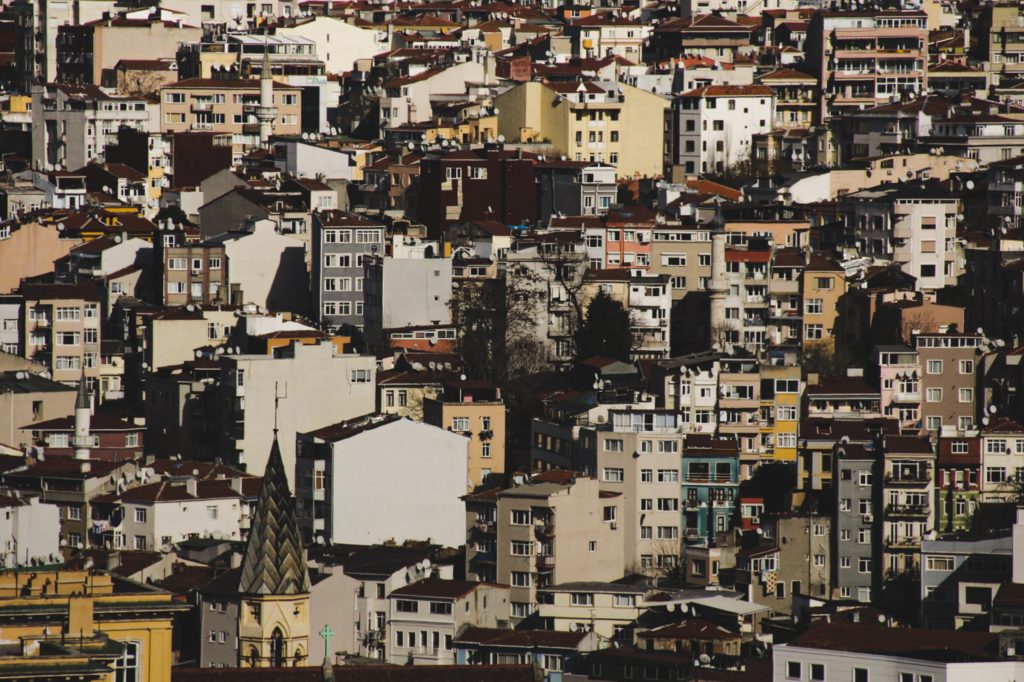
Effects of Urban Heat Island
Increased energy consumption
Urban heat island leads to increased energy consumption, particularly for cooling purposes. As cities become hotter, the demand for air conditioning rises, putting a strain on the electrical grid and increasing energy consumption.
Elevated greenhouse gas emissions
The increased energy consumption associated with urban heat island leads to higher greenhouse gas emissions. The use of air conditioners, for instance, contributes to the release of carbon dioxide (CO2) into the atmosphere, exacerbating climate change.
Air pollution
Urban heat island can worsen air pollution levels. Higher temperatures can increase the production of ground-level ozone, a harmful pollutant that can cause respiratory problems and other health issues.
Danger to aquatic systems
The higher temperatures in urban areas can negatively impact aquatic systems, such as rivers and lakes. Elevated temperatures can lead to decreased oxygen levels, disrupting aquatic ecosystems and endangering the health of aquatic organisms.
Discomfort and danger to human health
Urban heat island poses significant risks to human health. Heat-related illnesses, such as heat exhaustion and heatstroke, become more prevalent in hotter cities. Vulnerable populations, including the elderly and young children, are particularly at risk.
Impacts on weather and climate
The urban heat island effect can influence local weather patterns and even affect regional climates. The increased temperatures in cities can alter atmospheric circulation and create temperature inversions, trapping pollutants and exacerbating air quality issues.
Impacts on animals
Urban heat island can have detrimental effects on animal habitats and biodiversity. The hotter temperatures and reduced vegetation in cities can disrupt ecosystems, leading to changes in animal behavior, migration patterns, and overall population dynamics.
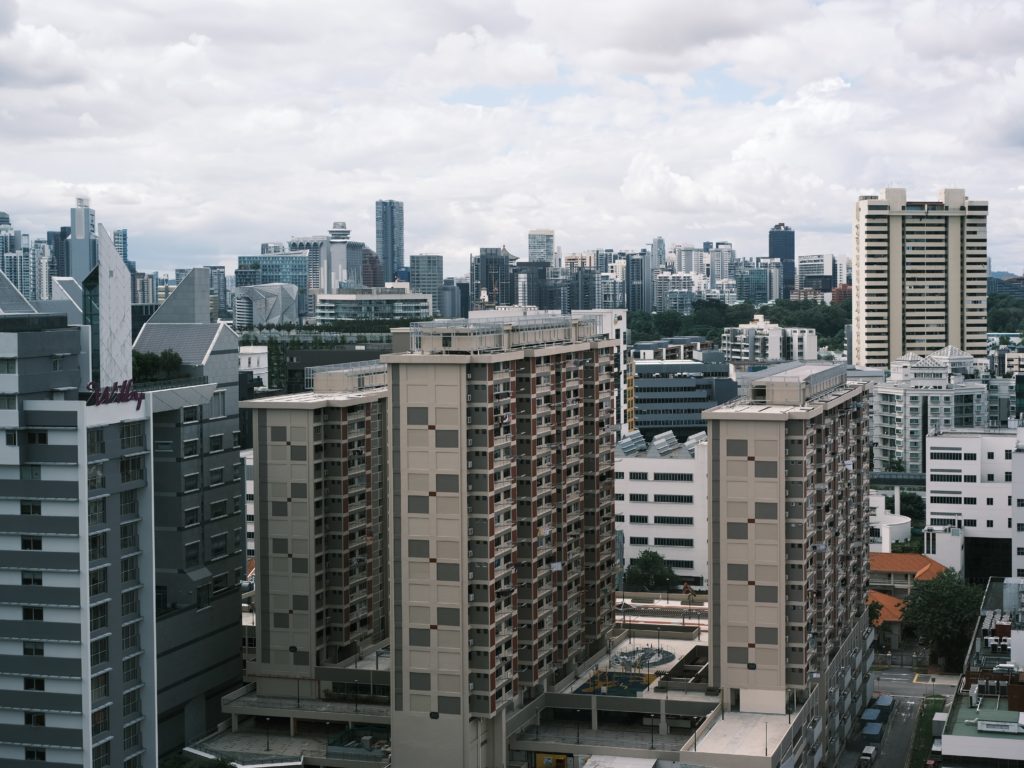
Solutions to Urban Heat Island
Use of light-colored concrete and white roofs
One effective solution to urban heat island is to use light-colored concrete and white roofs in urban areas. These surfaces have higher albedo, reflecting more sunlight and reducing heat absorption. By implementing this strategy, cities can help mitigate the heat island effect and lower temperatures.
Green roofs and vegetation cover
Green roofs, which involve the installation of vegetation on rooftops, can significantly reduce the urban heat island effect. Plants provide shade, absorb heat through evapotranspiration, and improve air quality. Increasing vegetation cover in cities, such as planting more trees and creating green spaces, can also help cool urban environments.
Planting trees in cities
Trees provide natural shade, reduce temperatures through evapotranspiration, and contribute to the overall aesthetic and livability of urban areas. By planting more trees in cities, the urban heat island effect can be mitigated, creating cooler and more comfortable environments for residents.
Implementing urban planning strategies
Urban planning strategies play a crucial role in combating urban heat island. Incorporating green infrastructure, such as parks and green spaces, into urban designs can help reduce the heat island effect. Additionally, promoting sustainable building practices, such as using energy-efficient materials and incorporating green design features, can also contribute to cooler urban environments.
In conclusion, urban heat island is a complex issue that arises from various factors, including low albedo materials, paved surfaces, lack of vegetation, increased energy consumption, and climate change. The effects of urban heat island are far-reaching, impacting energy usage, air pollution, human health, aquatic systems, weather patterns, and animal habitats. However, by implementing solutions such as using light-colored materials, increasing vegetation, planting trees, and incorporating urban planning strategies, cities can work towards mitigating the urban heat island effect and creating more sustainable and livable environments for their inhabitants.

